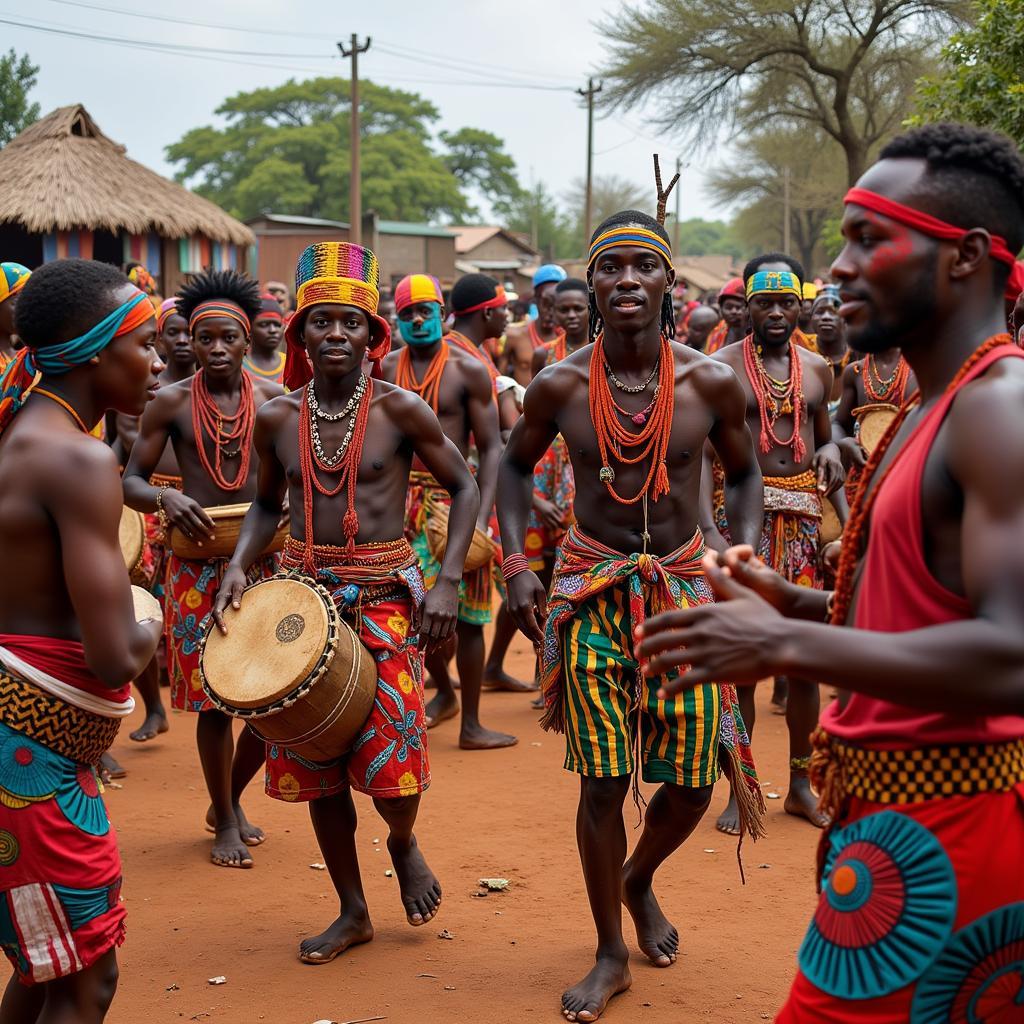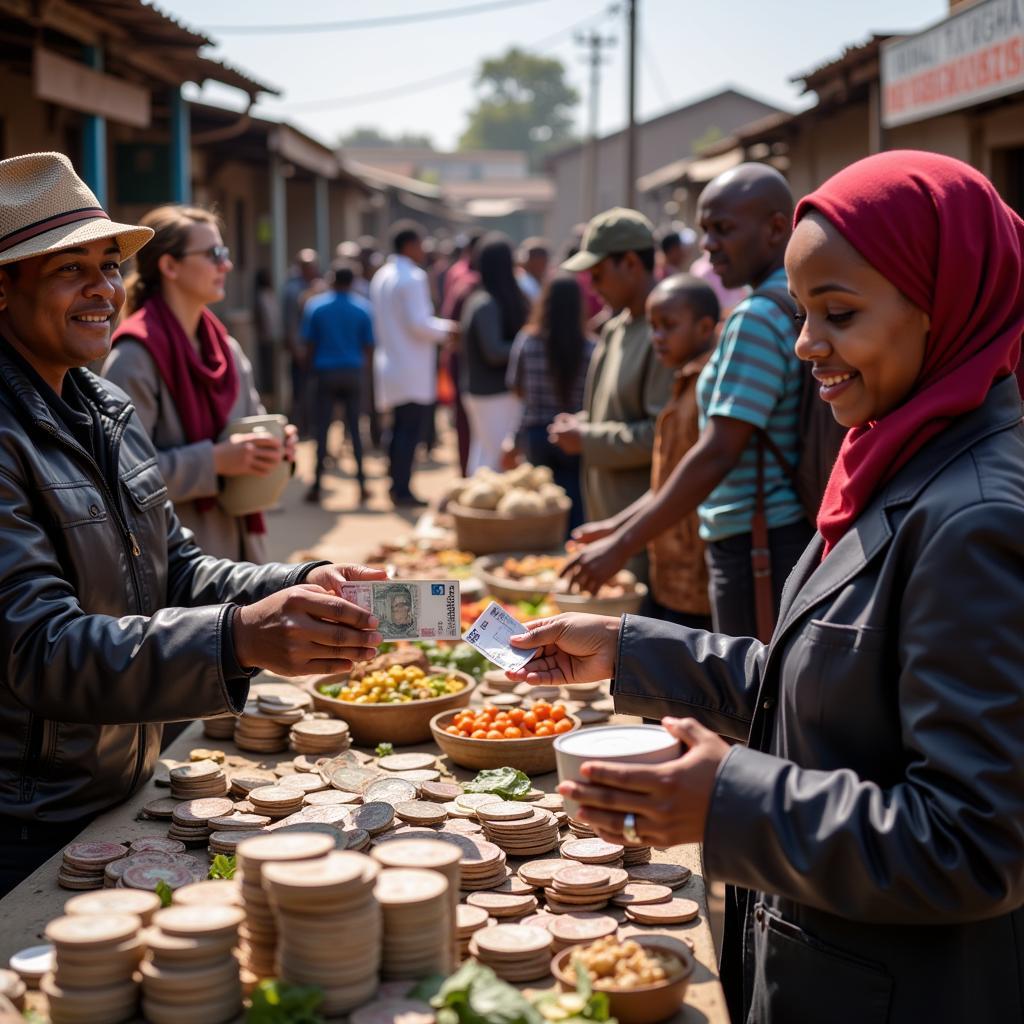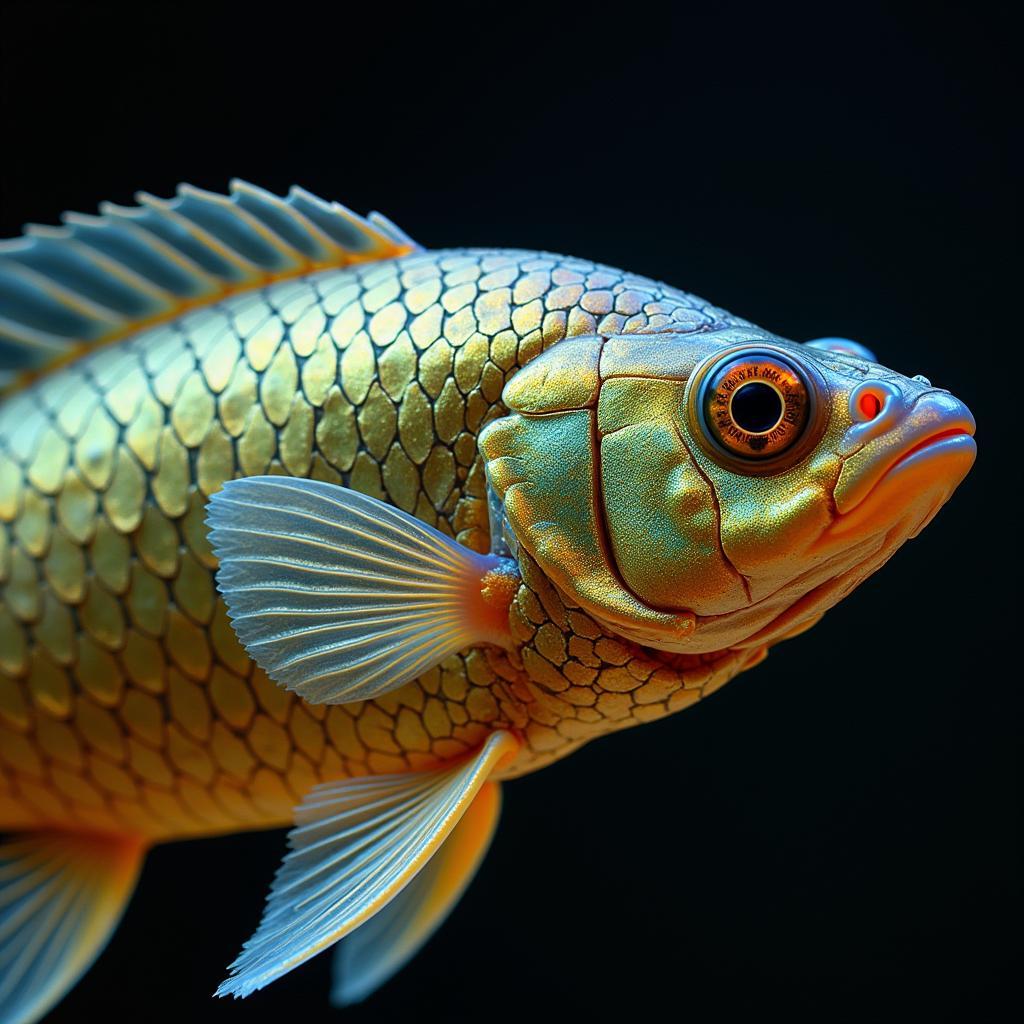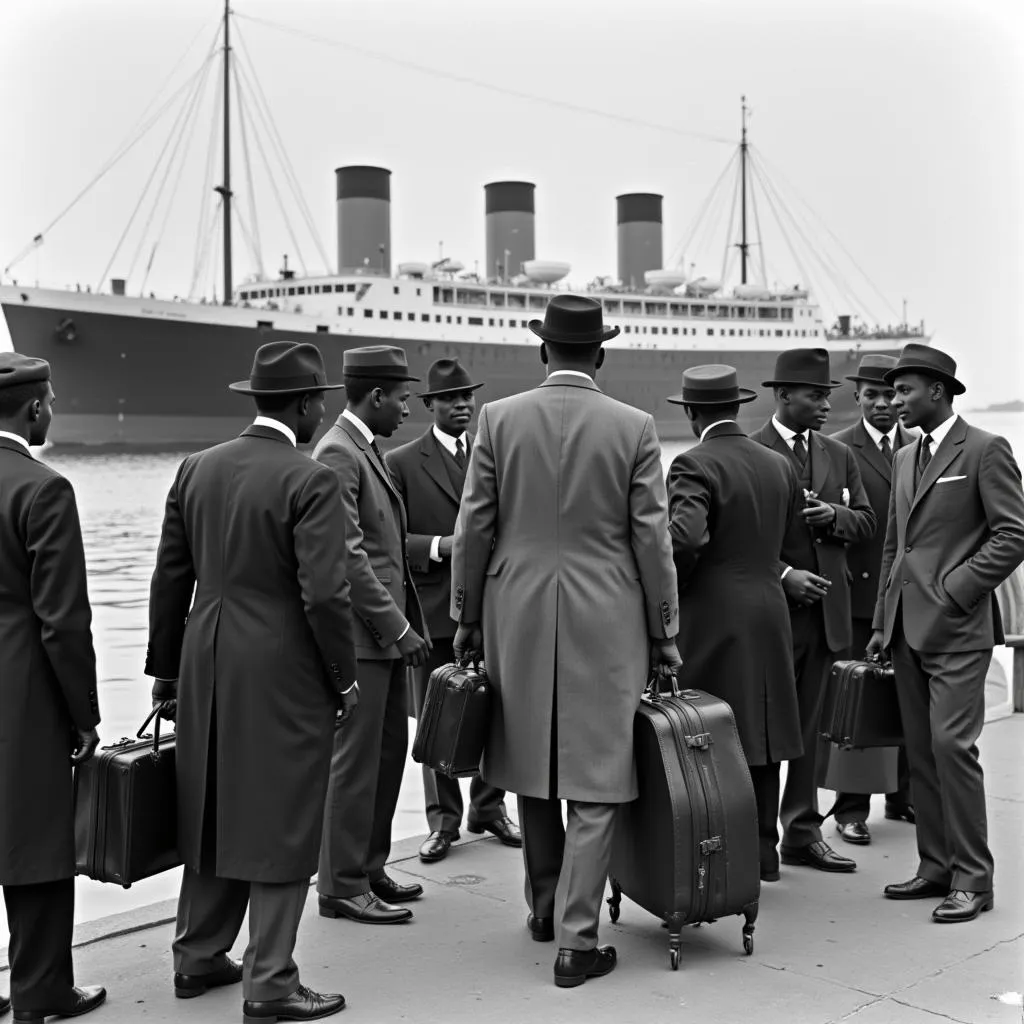Unmasking the Myth: What “African Dirty Dance” Really Means
The term “African Dirty Dance” might seem intriguing at first, conjuring up images of uninhibited movement and raw energy. However, it’s crucial to approach such phrases with cultural sensitivity and understanding. The reality is, using a term like “dirty dance” to describe African dance forms is not only inaccurate but also perpetuates harmful stereotypes.
The Rich Tapestry of African Dance
Africa is a continent of immense diversity, home to 54 countries, each boasting unique traditions, languages, and artistic expressions. To think of African dance as a monolith is a gross oversimplification. From the energetic Gnawa dances of Morocco to the graceful movements of the Indlamu in South Africa, dance in Africa is as diverse as the continent itself.
Beyond Sensuality: The True Significance of African Dance
While some dance forms might emphasize sensuality, to label them as simply “dirty” is to completely miss their deeper meaning. African dance is often deeply intertwined with:
- Ritual and Ceremony: Many dances are integral parts of traditional ceremonies, marking important life events like births, deaths, and harvests.
- Social Cohesion: Dance serves as a unifying force, bringing communities together to celebrate, mourn, or simply enjoy each other’s company.
- Storytelling: Through rhythmic movements and expressive gestures, dances often convey ancestral stories, historical events, or moral lessons.
 African Ceremonial Dance
African Ceremonial Dance
The Dangers of Stereotyping
The term “dirty dance” carries with it connotations that are often used to sexualize and exoticize African cultures. This kind of language reduces the richness and complexity of African dance traditions to a simplistic and often offensive stereotype.
Appreciating African Dance Responsibly
If you’re interested in learning more about African dance, it’s essential to approach it with respect and a willingness to learn:
- Do Your Research: Explore the different dance styles from various countries and regions within Africa.
- Engage with Authentic Sources: Seek out performances by African dance companies, documentaries, or books written by cultural experts.
- Be Mindful of Your Language: Avoid using terms that are reductive or disrespectful.
By approaching African dance with curiosity and respect, we can begin to appreciate the beauty, diversity, and cultural significance of this incredible art form.
FAQs about African Dance
1. Are all African dances the same?
No, not at all. Just like music or languages, African dance varies greatly across the continent. Each country and even individual ethnic groups have their own unique styles and traditions.
2. What are some of the most popular African dance styles?
Some of the more widely recognized styles include the Gnawa (Morocco), Indlamu (South Africa), Moribayasa (Guinea), and Eskista (Ethiopia), but there are countless others.
3. Where can I learn more about African dance?
Many resources are available, from online videos and documentaries to dance classes offered by cultural centers and universities.
4. Are there professional African dance companies I can watch?
Absolutely! Many world-renowned companies tour internationally, showcasing the beauty and artistry of African dance.
5. Is it appropriate for non-Africans to learn African dances?
Yes, as long as it’s done with respect and a genuine desire to learn about the culture.
For more information on African culture, arts, and wildlife conservation, explore our other articles:
We encourage you to continue your exploration of the vibrant world of African dance and culture. Contact us if you have any questions or need further assistance:
Phone: +255768904061
Email: [email protected]
Address: Mbarali DC Mawindi, Kangaga, Tanzania.
Our customer service team is available 24/7 to assist you.


